What is Caplyta (lumateperone tosylate) for?
Caplyta (lumateperone tosylate) is a butyrophenone atypical antipsychotic indicated for the treatment for the treatment of schizophrenia in adults.[1]
It is available in capsule form containing 42 mg lumateperone tosylate.[1]
How does Caplyta (lumateperone tosylate) work?
The symptoms of schizophrenia are caused by an imbalance of chemicals in the brain. Two of these chemicals are the so-called neurotransmitters serotonin and dopamine. It is thought that restoring the balance of serotonin and dopamine levels may help manage schizophrenia levels.[1,2]
Lumateperone tosylate is a butyrophenone, which is a chemical compound, that could help to reduce symptoms of schizophrenia. It does so by adjusting serotonin and dopamine levels in the brain.[1,3]
Lumateperone tosylate works through a combination of blocking of serotonin receptors and dopamine receptors.[1,3]
Where has Caplyta (lumateperone tosylate) been approved?
Caplyta (lumateperone tosylate) was approved for the treatment of adults with schizophrenia by:
- The Food and Drug Administration (FDA), on December 20, 2019.[4]
It is currently being developed for the treatment of bipolar depression, behavioral disturbances in patients with dementia, including Alzheimer’s disease, depression and other neuropsychiatric and neurological disorders.[4]
Please note that this medicine may have also been approved in other regions than the ones we’ve listed. If you have a question about its approval in a specific country feel free to contact our support team.
How is Caplyta (lumateperone tosylate) taken?
The standard dosage is:[1]
- One 42 mg capsule taken by mouth (orally) once daily with food.
Complete information about Caplyta (lumateperone tosylate) dosage and administration can be found in the official prescribing information listed in our references section.[1]
Note: Please consult with your treating doctor for personalised dosing.
Are there any known adverse reactions or side effects of Caplyta (lumateperone tosylate)?
Common adverse reactions
The most common side effects (≥10% of patients) listed in the prescribing information include:[1]
- Sleepiness (somnolence)
- Sedation
- Dry mouth
Serious adverse reactions
The serious adverse reactions listed in the prescribing information include:[1]
- Allergic reaction
- High blood sugar
- Very bad dizziness or passing out
- Seizures
- Trouble controlling body movements, twitching, change in balance, trouble swallowing or speaking
- Low white blood cell counts
- Neuroleptic malignant syndrome (NMS)
- Tardive dyskinesia
- Low white blood cell counts

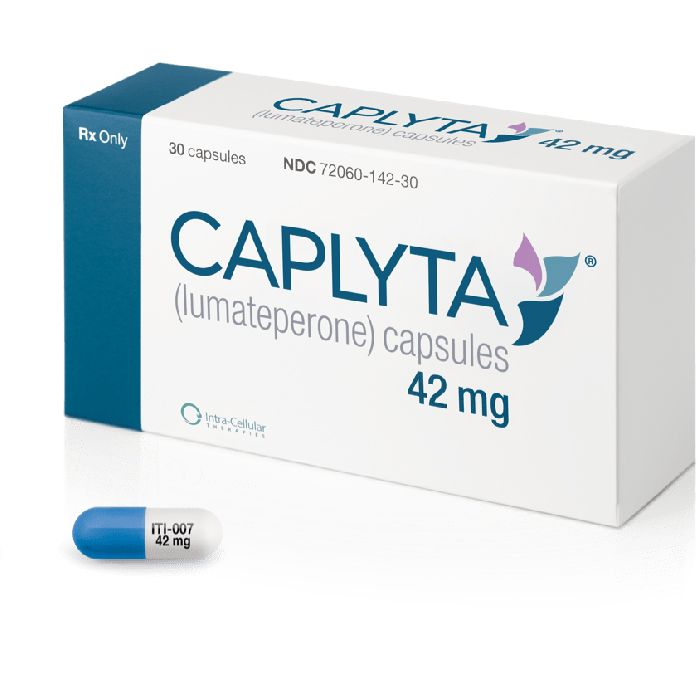
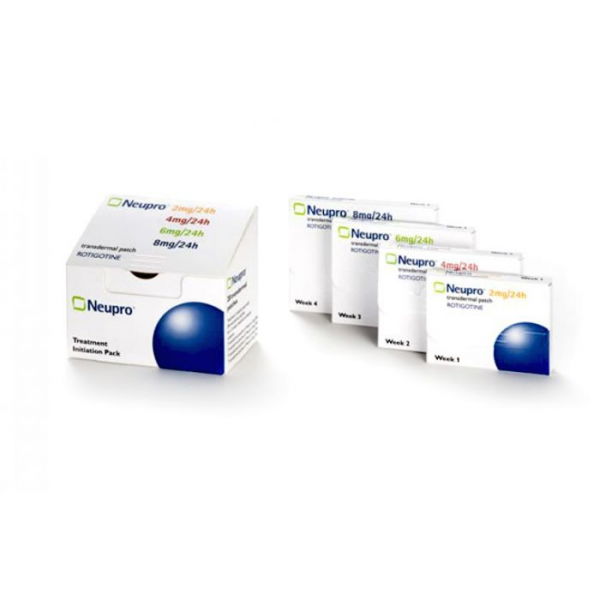
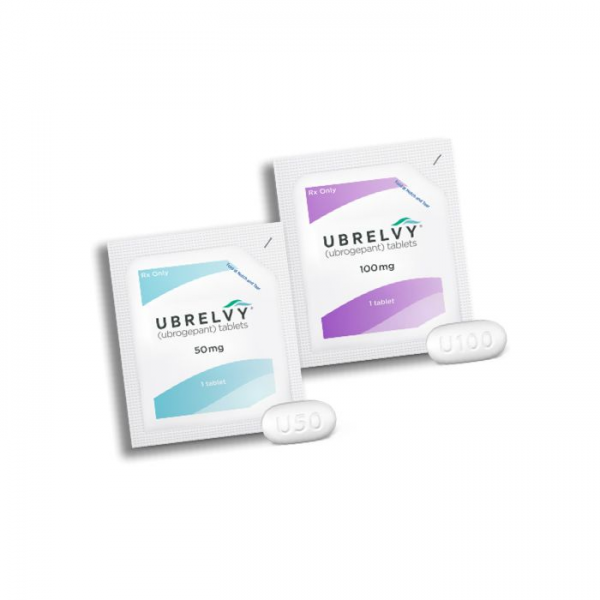
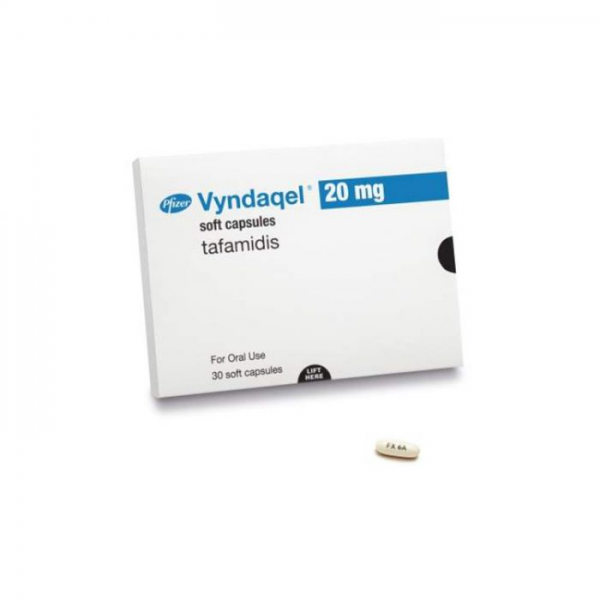
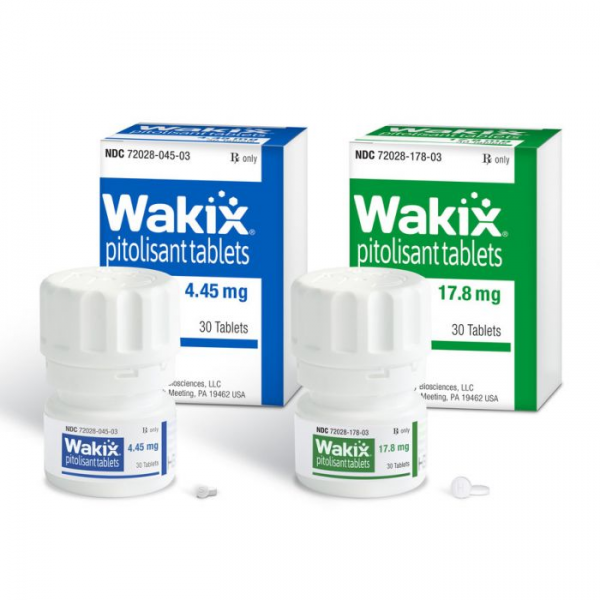


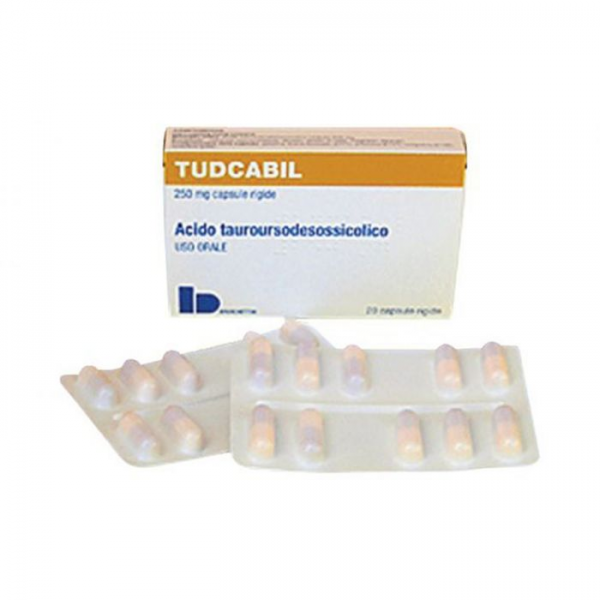
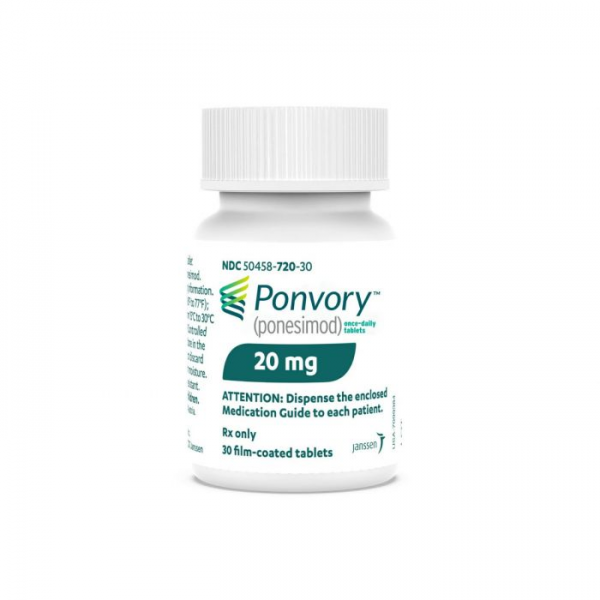
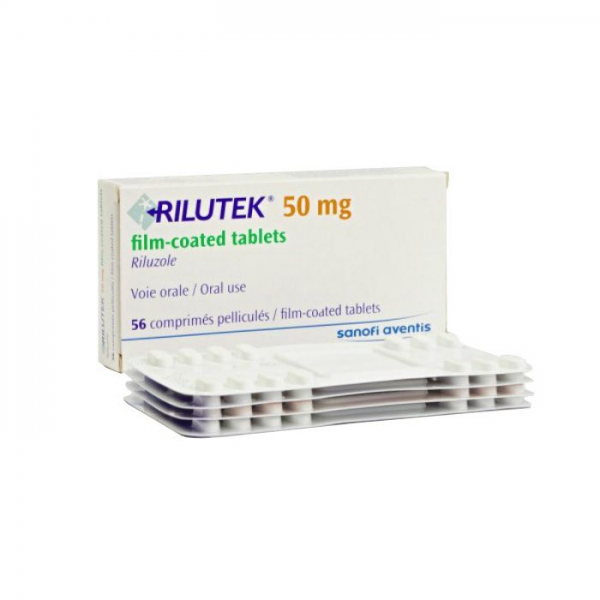
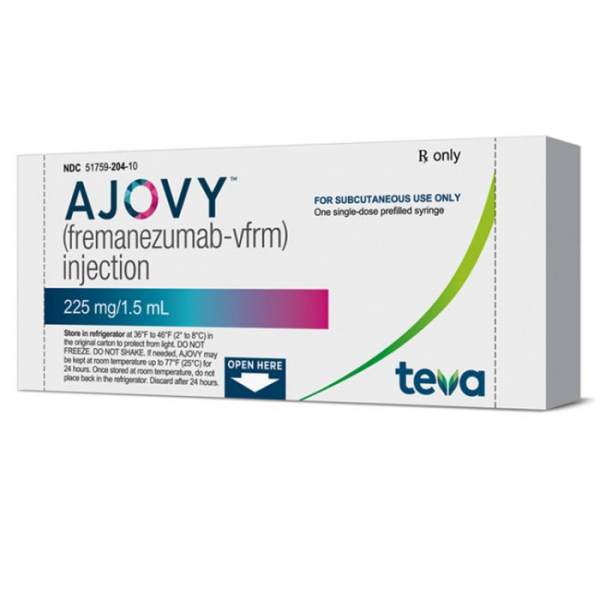
Reviews
There are no reviews yet.